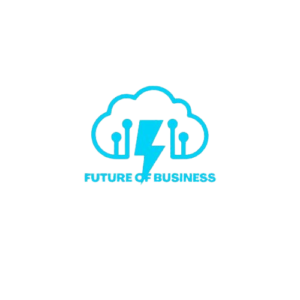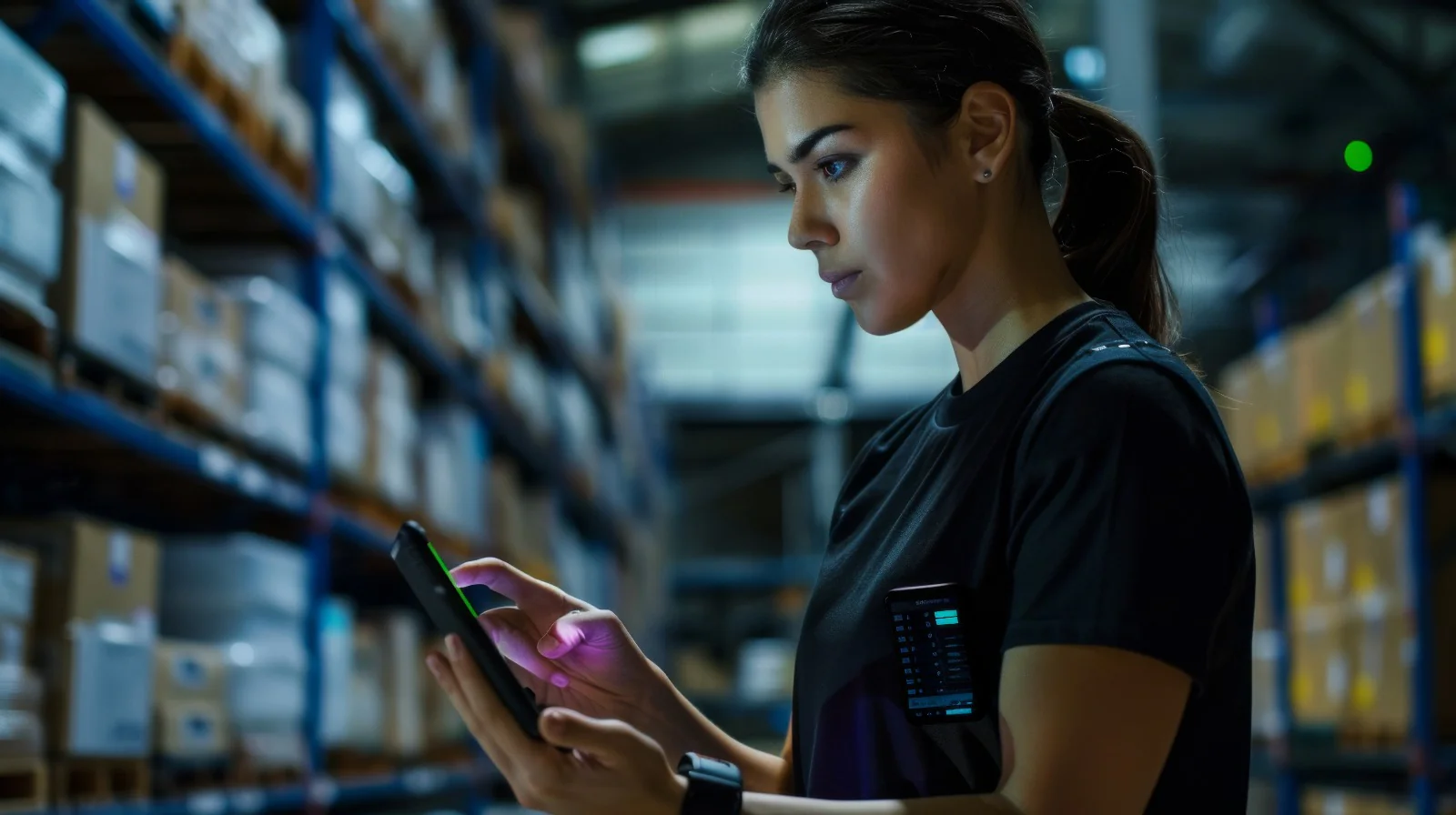Internal threats pose a serious risk to the integrity and security of modern IT environments. These threats originate from within an organization, often through employees, contractors, or partners who have legitimate access to systems and data. While most organizations focus heavily on external cyberattacks, internal risks can be more damaging due to their trusted nature. Innerworks International understands the critical importance of safeguarding IT infrastructure from these risks and provides strategic solutions tailored to detect and mitigate internal threats effectively.
Understanding Internal Threats
Internal threats can be categorized into three main types: malicious insiders who intentionally cause harm, negligent users who make careless mistakes, and compromised users whose credentials have been stolen. These threats are often difficult to detect because they stem from authorized individuals operating within the system. Innerworks International emphasizes that understanding the behaviors and motivations behind internal threats is the first step in building a secure IT environment. With real-world incidents on the rise, organizations must stay vigilant and proactive.
Common Vulnerabilities Within IT Infrastructure
Many internal threats exploit existing weaknesses in IT systems. These include excessive user privileges, weak password practices, lack of timely software updates, and inadequate user training. Additionally, insufficient monitoring makes it difficult to trace or respond to internal breaches quickly. Innerworks International helps businesses assess their current vulnerabilities and implement security controls that close these gaps, thereby reducing the overall risk surface.
Implement Strong Access Control Policies
Controlling who has access to what systems is one of the most effective ways to prevent internal misuse. Innerworks International recommends role-based access control (RBAC) to ensure that users only have access to resources necessary for their job functions. The principle of least privilege is also critical—granting minimal access required for tasks limits potential damage. Implementing multi-factor authentication (MFA) adds an extra layer of security, protecting against unauthorized access even if credentials are compromised.
Monitor User Activity and Behavior
Constant visibility into user actions is vital to identifying suspicious activity. Innerworks International deploys advanced User and Entity Behavior Analytics (UEBA) tools to detect anomalies such as unusual login patterns or unauthorized data transfers. Regular log reviews, centralized audit trails, and real-time alerts allow organizations to take immediate action when abnormal behavior is detected. This level of monitoring turns raw data into actionable security intelligence.
Enforce Data Protection and Encryption
Data security is at the heart of internal threat management. Innerworks International implements robust data encryption practices for both stored and transmitted data. Data Loss Prevention (DLP) tools help prevent unauthorized sharing or extraction of sensitive information. Additionally, network segmentation limits access to critical systems, ensuring that even if one area is compromised, the rest of the infrastructure remains secure.
Regularly Train Employees on Security Awareness
Human error remains one of the leading causes of internal breaches. Innerworks International emphasizes continuous employee education as a critical defense mechanism. Training programs should cover phishing awareness, proper data handling, and the consequences of security violations. Simulated attack scenarios and refresher courses help keep cybersecurity top of mind and foster a responsible IT culture.
Establish Insider Threat Detection Programs
A dedicated insider threat detection program adds structure to internal security efforts. Innerworks International works with clients to define threat indicators, such as unauthorized access attempts or changes to sensitive files. Machine learning tools can identify behavioral shifts that precede malicious activity. Clear response protocols allow organizations to react swiftly and minimize damage when a threat is confirmed.
Creating an Incident Response Plan for Internal Threats
No matter how secure your system is, incidents can still occur. Having a detailed incident response plan is essential. Innerworks International assists organizations in developing step-by-step procedures that include identifying the threat, isolating affected systems, conducting root cause analysis, and restoring normal operations. Post-incident reviews provide insights for improving defenses and preventing recurrence.
The Role of Technology Partners in Strengthening Infrastructure
Partnering with the right IT service provider can significantly boost internal security. Innerworks International offers expert consultation, 24/7 monitoring, and tailored security solutions to support in-house IT teams. Their proactive approach includes regular audits, vulnerability assessments, and real-time threat response, ensuring that organizations stay one step ahead of evolving risks.
Future Trends in Insider Threat Management
Technological advances are transforming the way internal threats are managed. Innerworks International is at the forefront of implementing AI-driven behavior analysis, Zero Trust Architecture, and automated threat response systems. These innovations provide smarter, faster, and more precise protection against internal vulnerabilities and align with the future of enterprise cybersecurity.
Takeaway
Protecting your organization from internal threats requires a combination of smart strategy, effective tools, and constant vigilance. Innerworks International provides the expertise and solutions needed to secure your IT infrastructure from within. By addressing access controls, monitoring behaviors, enforcing encryption, training employees, and partnering with professionals, businesses can create a resilient security posture. Proactively managing internal threats today will safeguard your operations and reputation tomorrow.











